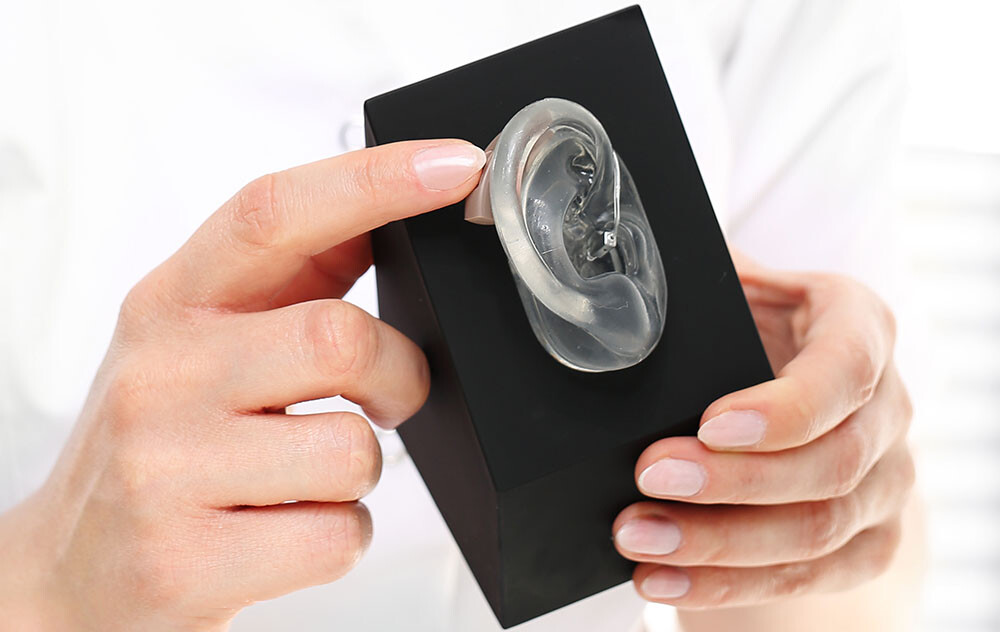If you have recently been told by your audiologist that you require hearing aids, you could feel pretty overwhelmed by the breadth of information out there. Once you get your audiogram results from your hearing tests, you can sit down with your audiologist and discuss your options for your hearing loss severity. There are some hearing aids that are suitable for mild to moderate hearing loss, and there are others that are best suited for severe hearing loss. Your audiologist will work alongside you to make recommendations on your hearing devices based on your lifestyle. The most important thing to remember is that there are two main types of hearing aid: behind the ear (BTE) and in the ear (ITE). Knowing what is the difference between BTE and ITE hearing aids can help you to make a much better decision.
What is the Difference Between BTE and ITE hearing aids?
ITE styles
When you’re looking at a smaller hearing aid, you could think about the ITE style of hearing aid. Due to their size and their discreet appearance, they are a good option for those who may feel a little embarrassment about their hearing loss. There are several different types of in the ear style hearing aids, and there are various sizes.
ITE hearing aids are smaller than the behind the ear type, and this can make them difficult to handle if your dexterity is bad. However, this shouldn’t stop you from having this type of hearing aid. There are low-profile styles that feature a half shell or full shell that make them easier to insert and remove into the ear. They’re not normally recommended for those with a severe hearing loss, because the battery doesn’t last as long as the behind the ear type. Those with a severe hearing difficulty generally put their hearing aids through a heavy wear, so need a longer life.
BTE styles
These hearing aids are the largest of the three main styles and can handle multiple features and customizations. Whether you want muted skin tones or more vibrant colors, BTE hearing aids come in a variety of styles to meet your aesthetic wants. Because they are slightly larger than the other styles, they also can be ideal for individuals with dexterity issues.
These are the hearing aids that accommodate a more severe hearing loss, as their battery lasts a lot longer and they’re easier to handle. There are the mini styles that are popping up on the market, which accommodate thinner tubes. The best way to know which is right for you is speaking to your audiologist.


